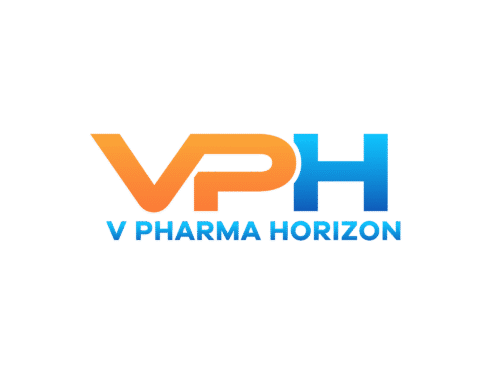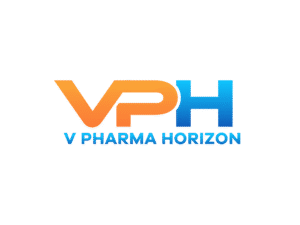Nanotechnology in Drug Packaging: Extending Shelf Life and Efficacy
In the pharmaceutical world, packaging does more than just contain a drug—it safeguards its stability, extends its shelf life, and preserves its therapeutic efficacy. As medications become increasingly complex and sensitive to environmental factors, traditional

In the pharmaceutical world, packaging does more than just contain a drug—it safeguards its stability, extends its shelf life, and preserves its therapeutic efficacy. As medications become increasingly complex and sensitive to environmental factors, traditional packaging solutions are hitting their limits. Enter nanotechnology, a groundbreaking innovation reshaping how drugs are stored and delivered.
The Need for Smarter Packaging
Modern drugs, particularly biologics and complex formulations, are highly susceptible to degradation by moisture, light, oxygen, and temperature fluctuations. These vulnerabilities can compromise drug efficacy and safety, leading to increased wastage and reduced patient outcomes. Conventional packaging materials often provide limited barrier protection and reactive control, prompting the need for advanced, intelligent systems.
How Nanotechnology Transforms Drug Packaging
Nanotechnology enhances packaging performance through materials engineered at the molecular level—offering superior barrier, antimicrobial, and sensing capabilities. Here’s how it’s making a difference:
1. Improved Barrier Properties
Nanocomposites, made by embedding nanoparticles such as clay, silica, or carbon nanotubes into polymers, significantly improve the packaging’s resistance to oxygen, carbon dioxide, and moisture. These barriers reduce the risk of hydrolysis and oxidation—two major causes of drug degradation.
2. Antimicrobial Protection
Silver, zinc oxide, and titanium dioxide nanoparticles are known for their broad-spectrum antimicrobial activity. Integrating these into packaging materials helps prevent microbial contamination, particularly critical for sterile injectable drugs and multi-dose containers.
3. Controlled Release Packaging
Some nano-enabled materials can release preservatives or stabilizing agents in a controlled manner over time. This approach is especially beneficial for packaging that needs to maintain product stability over extended durations or under variable environmental conditions.
4. Smart Sensing and Indicators
Nanotech-enabled indicators can visually signal changes in temperature, humidity, or pH within the packaging. For instance, colorimetric nanosensors can alert pharmacists or patients if a drug has been exposed to unsuitable storage conditions, providing an additional layer of quality assurance.
5. UV and Light Protection
Photo-sensitive drugs degrade when exposed to UV or visible light. Nano-sized titanium dioxide or zinc oxide particles embedded in packaging materials offer enhanced protection against photodegradation without adding bulk or reducing transparency.
Benefits Across the Pharmaceutical Value Chain
- Manufacturers gain by reducing product recalls and extending product life.
- Distributors benefit from more robust and durable packaging during transport.
- Pharmacies and healthcare providers appreciate the extended usability and reduced need for refrigeration.
- Patients receive drugs that retain potency longer and are less likely to fail due to packaging-related degradation.
Challenges and Regulatory Considerations
Despite its promise, nanotechnology in packaging is not without hurdles. Regulatory bodies like the FDA and EMA require comprehensive safety and efficacy data for nanomaterials, especially when there’s a risk of nanoparticle migration into the drug product. Additionally, the cost of implementing nanotechnology can be significant, although it may be offset by reductions in spoilage and extended shelf life.
Future Outlook
As regulatory frameworks evolve and material costs decrease, nanotechnology is poised to become a standard in pharmaceutical packaging. With growing emphasis on sustainability, researchers are also exploring biodegradable nanocomposite materials, marrying high performance with environmental responsibility.
Nanotechnology is redefining the role of drug packaging from passive containment to active protection and quality assurance. By extending shelf life and preserving efficacy, nano-enabled packaging solutions not only improve patient safety but also reduce waste and enhance the overall resilience of pharmaceutical supply chains. As the industry embraces precision and personalization, smart and responsive packaging powered by nanotech will be an indispensable part of the future of medicine.






